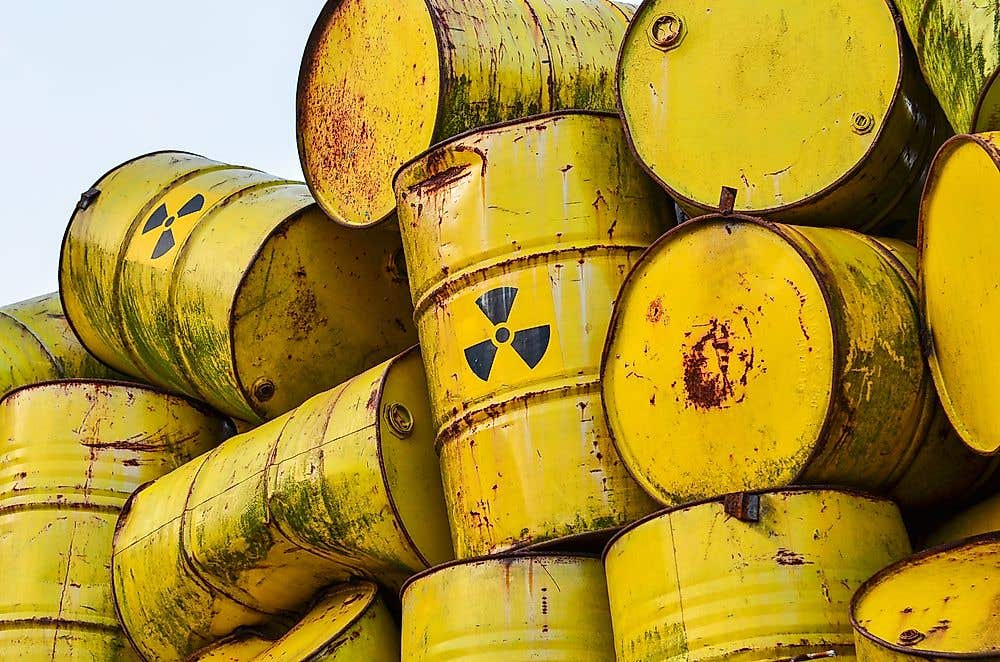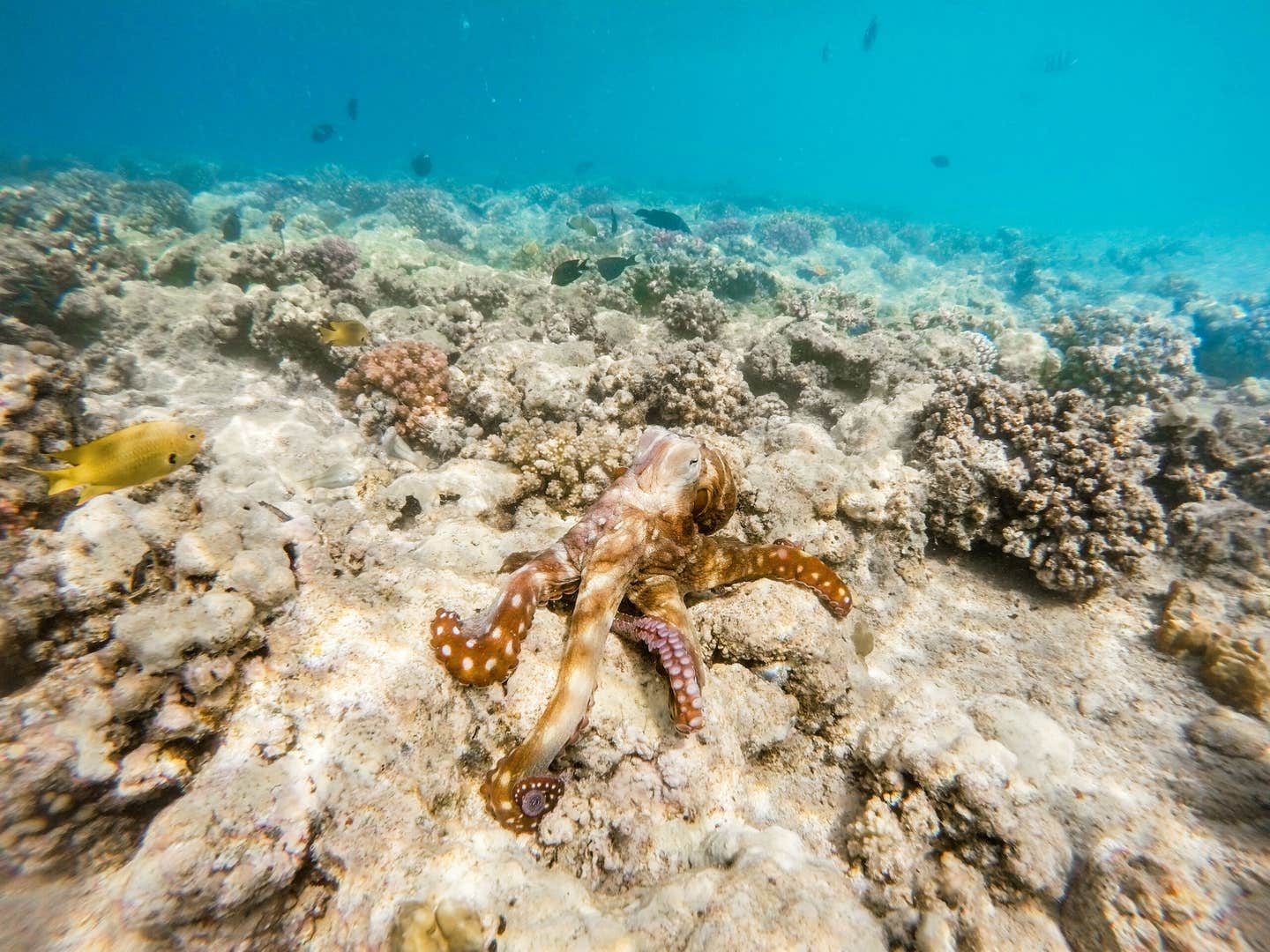Scientists may have found the right location to begin living on Mars
Mars’ Arcadia Planitia reveals near-surface ice deposits vital for future human exploration and potential habitability.

Mars’ Arcadia Planitia reveals near-surface ice deposits vital for future human habitability. (CREDIT: Getty Images/e71lena)
Mars may soon welcome explorers seeking ice deposits crucial for human survival. Recent findings suggest significant ice reserves lie close to the surface, especially in areas between Arcadia and Amazonis Planitiae. This discovery comes from detailed geological studies and could help future missions sustain themselves without frequent resupply from Earth.
Why Arcadia and Amazonis Planitia?
Mars has fascinated scientists for decades, but finding places suitable for landing and living remains a major challenge. Arcadia Planitia and nearby Amazonis Planitia, two regions in the northern mid-latitudes, have recently drawn attention. Researchers studying these plains have found strong evidence of ice close enough to the surface for easy access.
Arcadia Planitia, slightly farther north, has attracted particular interest because of numerous ice-related features. Thousands of thermal contraction polygons, ice-exposed craters, and oddly shaped terrains known as "brain coral" have all appeared in recent satellite images. Researchers say these formations are strong evidence of near-surface ice, potentially accessible for future human explorers.
Signs of Hidden Ice
To confirm ice presence, scientists mapped about 9,000 thermal contraction polygons using high-resolution images. These polygons form when soil repeatedly freezes and thaws, indicating ice close to the surface. They found ice deposits just a few inches below ground, easily reachable with simple tools or robotic equipment.
"If we're going to send humans to Mars, you need water—not just for drinking but for fuel and other critical uses," said Erica Luzzi, a planetary geologist at the University of Mississippi. "Finding it close to the surface is essential because we can easily extract and use it."
In Arcadia, several newly-formed craters show ice clearly exposed. This supports the theory that significant ice deposits are waiting just beneath Mars' dusty surface. Scientists believe the ice survived beneath layers of soil because Mars' climate shifted over millions of years, burying and protecting these deposits.
Related Stories
Climate Changes Preserve Ice
Mars’ climate changes significantly due to shifts in its orbit. When Mars tilts more, its mid-latitudes receive enough snow to form thick ice layers. Later, these layers become buried by soil, shielding the ice from melting during warmer periods.
"During high-obliquity periods, ice could accumulate easily," Luzzi explained. "Later, protective soil covered the ice rapidly enough to preserve it. This could mean substantial ice reserves still exist."
This history of climate-driven ice preservation aligns with data from instruments orbiting Mars. SHAllow RADar (SHARAD) aboard the Mars Reconnaissance Orbiter detected layers suggesting ice below the surface. Meanwhile, neutron detectors indicate that even deeper, large ice deposits may remain undisturbed.
Debating Ice Types
Scientists debate whether Mars’ mid-latitude ice is mainly "excess ice" or "pore ice." Excess ice exists in large, solid masses, while pore ice fills gaps between soil particles. Both are useful, but excess ice provides significantly greater resources.
Initial radar studies indicated massive ice deposits in Arcadia Planitia. Later, however, other analyses suggested the presence of mostly pore ice. While this debate continues, ice-exposing craters provide compelling evidence of substantial deposits accessible near the surface.
"We might not know precisely how much ice is there until a robot or human mission explores the site," said Giacomo Nodjoumi, from the Italian Space Agency. "Our data strongly supports abundant ice, but direct measurements will confirm it."


Future Exploration Plans
Three landing sites within Arcadia Planitia (AP-1, AP-8, AP-9) are under careful consideration for future missions. These locations offer the ideal mix of sunlight for power generation and cold temperatures that preserve surface ice. Scientists have prioritized these sites because extracting surface ice would dramatically simplify missions.
"The mid-latitudes offer a perfect balance," Luzzi noted. "These areas get enough sunlight for solar power, yet they're cold enough to retain ice near the surface."
Exploration missions would not only confirm ice quantity and type but also assess habitability. Ice can preserve organic molecules and microbes, offering insights into Mars' potential for past or even present life. If these ice reserves hold signs of microbial life, it could reshape our understanding of the universe.
"Ice can preserve biomarkers or even host microbes," Luzzi said. "This might reveal whether Mars ever supported life."
A robotic mission is the next step, potentially equipped with radar to map ice distribution. This would help select precise landing spots for human expeditions, where water extraction could directly support life and fuel production.
Toward Human Presence on Mars
Establishing sustainable human presence on Mars requires in situ resource utilization—using local resources to sustain life. Water ice would not only supply drinking water but also enable the production of breathable air and rocket fuel. Such self-sufficiency is critical since resupply from Earth is impractical for lengthy stays.
"Traveling to the moon for supplies takes days, but Mars takes months," Nodjoumi said. "So we must use local resources like ice to survive long-term missions."
Ultimately, these promising ice reserves might become the cornerstone of future Martian exploration. While humans have yet to set foot on the Red Planet, studies like this point clearly to where those historic steps could first land.
Research findings are available online in the Journal of Geophysical Research Planets.
Note: The article above provided above by The Brighter Side of News.
Like these kind of feel good stories? Get The Brighter Side of News' newsletter.



